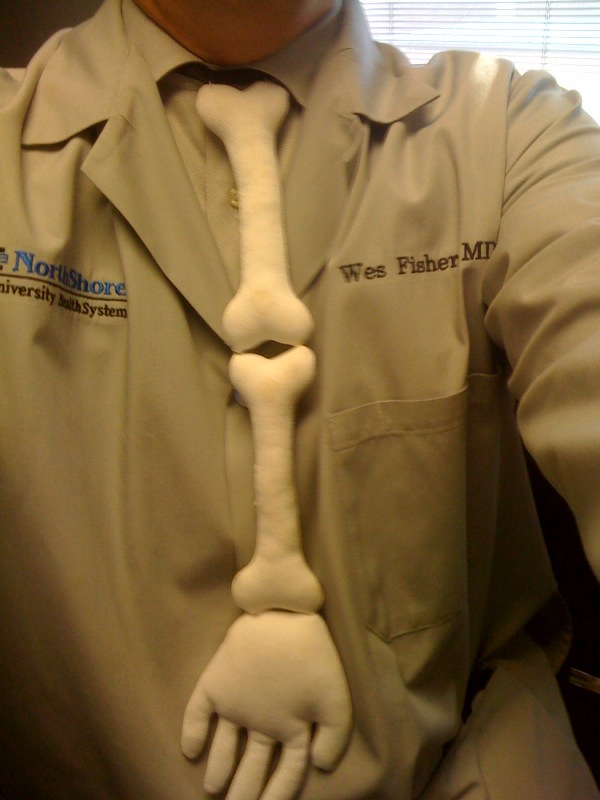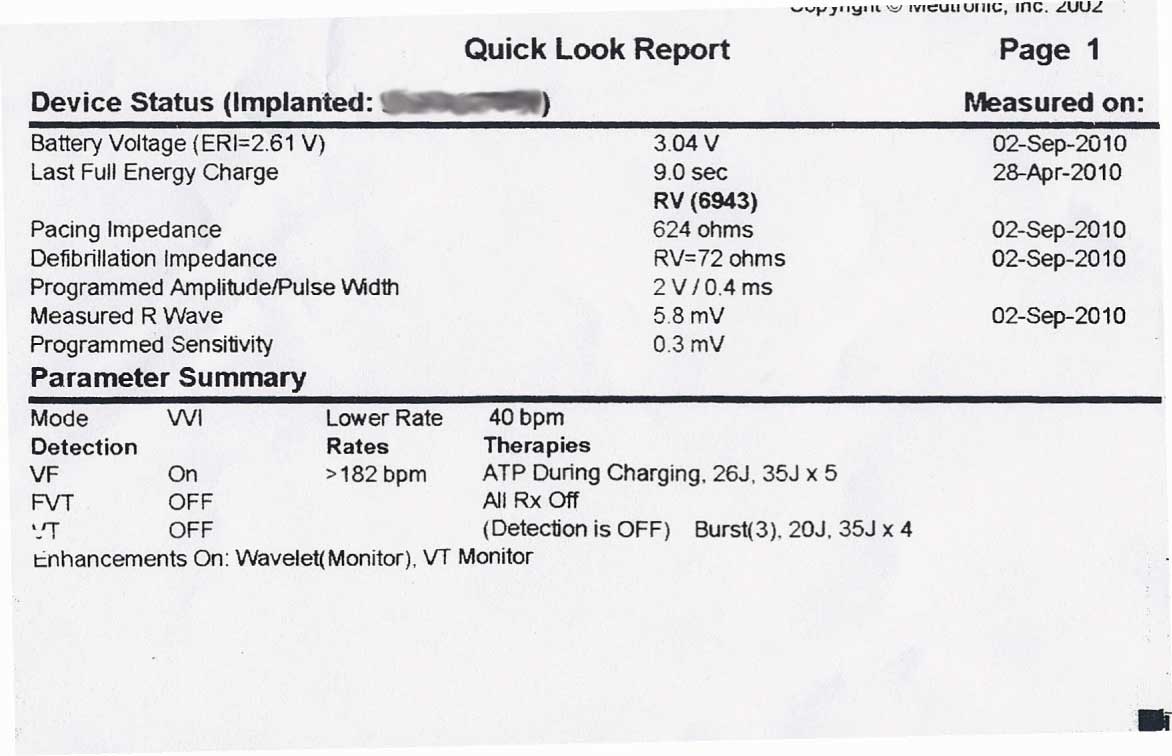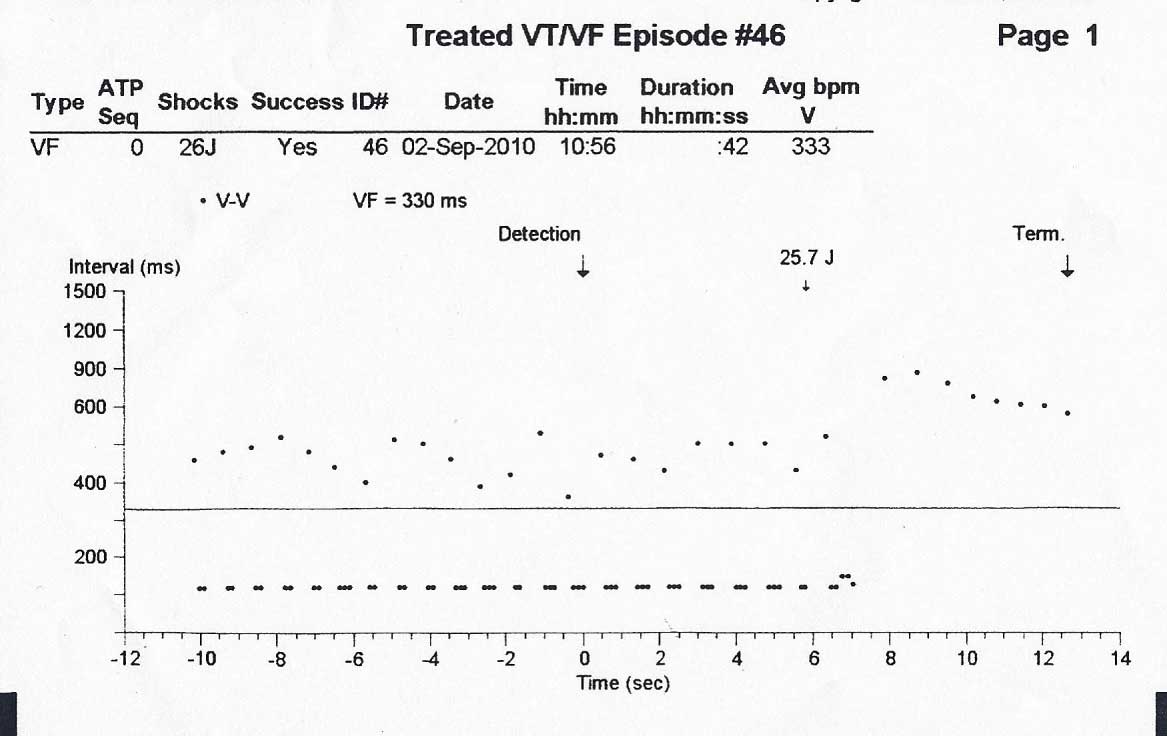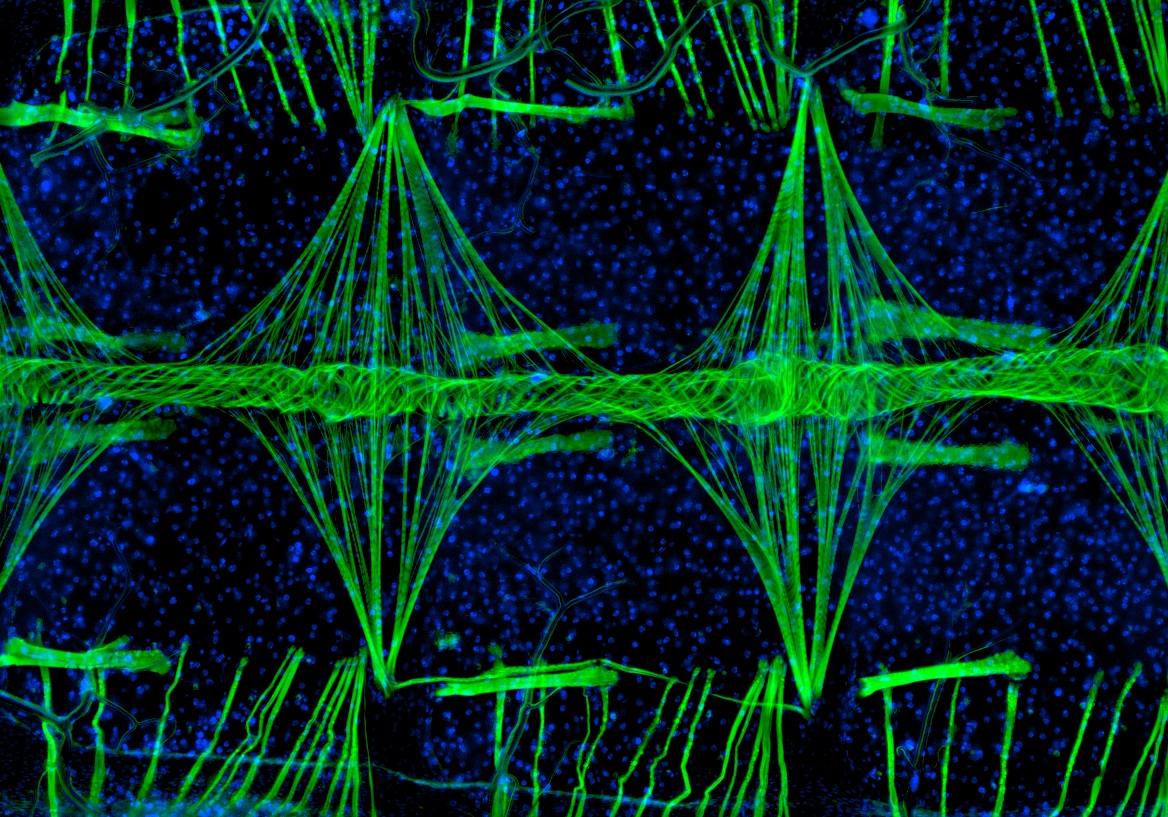A new era of non-valvular atrial fibrillation management has arrived.
Today, the FDA
approved the first new anticoagulant in fifty years, dabigatran (marketed by Boehringer Ingelheim Pharmaceuticals Inc. under the trade name Pradaxa®) for stroke prevention in patients with non-valvular atrial fibrillation. The move was widely anticipated after the drug's unanimous 9-0 FDA advisory panel recommendation for approval a month ago. The drug will be available in 75 an 150 milligram dosages and is taken twice daily.
Patients at high risk of thromboembolism from non-valvular atrial fibrillation are candidates for the drug including patients with previous stroke or transient ischemic attack, a left ventricular ejection fraction of less than 40%, New York Heart Association class II or higher heart-failure symptoms within 6 months before screening for the medication, and an age of at least 75 years or an age of 65 to 74 years plus diabetes mellitus, hypertension, or coronary artery disease.
Patients who should
NOT receive the drug include patients with the presence of a severe heart-valve disorder, stroke within 14 days or severe stroke within the last 6 months, a condition that increases the risk of hemorrhage, a creatinine clearance of less than 30 ml per minute, active liver disease, or pregnancy. Patients taking quinidine should also not take the medication because of a significant drug interaction.
The drug does not typically require measurement of blood thinning levels (prothrombin times expressed as and international normalized ratio (INR) of clotting time to a standard clotting control).
The approval was based on the prospective, randomized RE-LY trial recently
published in the
New England Journal of Medicine that compared the safety and efficancy of two doses of dabigatran (110 mg and 150 mg twice daily) to conventional warfarin (Coumadin®) therapy in 18,113 patients:
Rates of the primary outcome (stroke and systemic embolization) were 1.69% per year in the warfarin group, as compared with 1.53% per year in the group that received 110 mg of dabigatran (relative risk with dabigatran, 0.91; 95% confidence interval [CI], 0.74 to 1.11; P < 0.001 for noninferiority) and 1.11% per year in the group that received 150 mg of dabigatran (relative risk, 0.66; 95% CI, 0.53 to 0.82; P < 0.001 for superiority). The rate of major bleeding was 3.36% per year in the warfarin group, as compared with 2.71% per year in the group receiving 110 mg of dabigatran (P=0.003) and 3.11% per year in the group receiving 150 mg of dabigatran (P=0.31). The rate of hemorrhagic stroke was 0.38% per year in the warfarin group, as compared with 0.12% per year with 110 mg of dabigatran (P < 0.001) and 0.10% per year with 150 mg of dabigatran (P < 0.001). The mortality rate was 4.13% per year in the warfarin group, as compared with 3.75% per year with 110 mg of dabigatran (P=0.13) and 3.64% per year with 150 mg of dabigatran (P=0.051).
It should be noted that the FDA did
not approve the lower 110 mg dose of the medication.
The drug's most common side effect was dyspepsia (GI upset) but liver enzyme elevations were not any different than that seen with warfarin.
The questions now are two: (1) when will it be available and (2) how much will it cost?
Typically it takes about 3 to 6 months to finalize product packaging, labeling and distribution after a drug is approved (others may have info they can share here). As far as price - my bet is that it's going to cost about
ten times that of warfarin - I'd estimate $6 to $9 per day (another author
suggested the anticipated cost of dabigatran in the United States, as calculated on the basis of its cost in Canada, would be approximately $7,000 to $9,000 per patient-year (four to five times the cost of warfarin, despite the increased physician and laboratory costs required to monitor the international normalized ratio [INR])). One researcher from the RE-LY trial
countered:
It should also be kept in mind that total direct and
indirect costs for management of anticoagulation with warfarin far exceed the cost of the drug. In a recent study, the direct costs during the first year of nticoagulation with warfarin in primary care were calculated at Swedish krona 16,244, corresponding to U.S. $2,230. This does not include expenses to patients for travel to the laboratory, lost time from work, or an accompanying caregiver.
Given its cost, I suspect it will be hard for insurers to swallow this drug at first and coverage may not be immediately available, but hopefully the superior convenience and stroke prevention will justify the drug's initial price. Fortunately, other thrombin inhibitors will soon arrive to offer price competition to dabigatran's exclusive first-to-market reign.
-Wes
Addendum:
MedPageToday:
Dabigatran: The Case of the Missing 110-mg Dose







